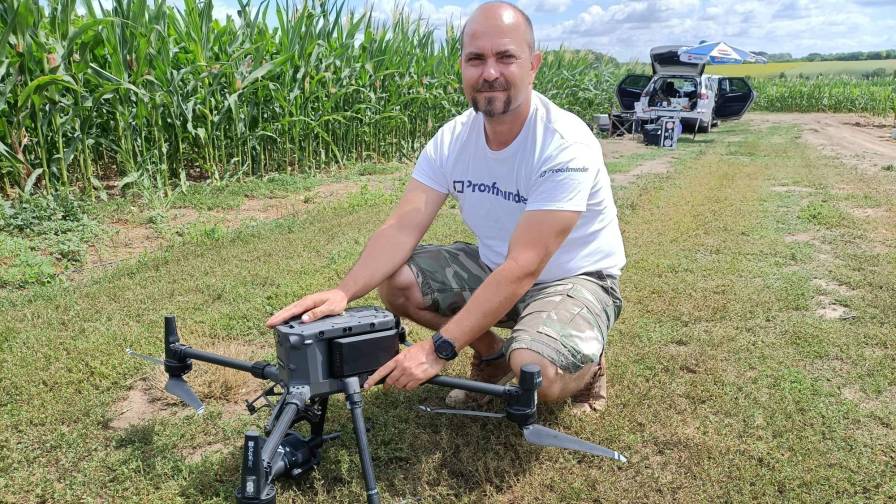OPINION: What if Grain Bin Walls Could Monitor Moisture?
*GUEST COLUMNIST’S NOTE: This monthly column takes some crazy sounding ideas and applies them to the field of Ag Tech. The purpose of this is purely entertainment, but hey, if we can spread ideas, or ignite imaginations, how awesome is that?*
“My grain bin’s steel walls are connected to WiFi.”
This is a statement that might, in the near future, not be outside the realm of possibility, if the speaker had just implemented the first set of anisotropic steel into their grain storage operation.
Anisotropic is a term applied to an object or substance, whose physical properties can be different, depending on how they are measured. Therefore something that is anisotropic is said to be “directionally dependent.” Alternately, when the properties of a material are the same no matter how they are measured, the material is said to be isotropic, or have “uniformity in all directions.”
MORE BY RYAN RAGUSE
Anisotropic steel doesn’t exist quite yet, although currently, there is research into a self-healing aluminum, optimized for aerodynamics to be used in aircraft. This substance would incorporate data collection into the skin of the aircraft itself, eliminating the need for sensors.
What if we thought about this in terms of ag concepts?
Consider this; all grain bins previously designed with a “uniformity in all directions” (isotropic) concept, actually forced our grain to survive in the environment we created for it.
In an anisotropic environment, the steel itself would be the sensor for the grain, monitoring moisture, temperature, etc., and could actually change itself to the environment, getting hotter, colder, becoming porous for airflow and re-healing itself as needed from microspheres of uncured material within the nanocrystal coating.
In an article from Techcrunch titled “How Smart Materials Will Literally Reshape the World Around Us”, Max Moruzzi says.
“The researchers at MIT are also hard at work at the newly formed Advanced Functional Fabrics of America (AFFOA) Institute. Their goal is to come up with a new generation of fabrics and fibers that will have the ability to see, hear and sense their surroundings; communicate; store and convert energy; monitor health; control temperature; and change their color.”
Applying this tech to Ag in the years to come will certainly be exciting. Obviously this goes beyond just grain bins. For instance you might even be able to make your green tractors red, or the other way around.
In all seriousness though, this may affect all of your on-farm equipment, even insofar as your metal planter disks could be made from anisotropic steel, in order to sense all kinds of data about the soil and change the nutrients applied to the seeds based on that data on the fly.
Not at all outside the realm of possibility…









